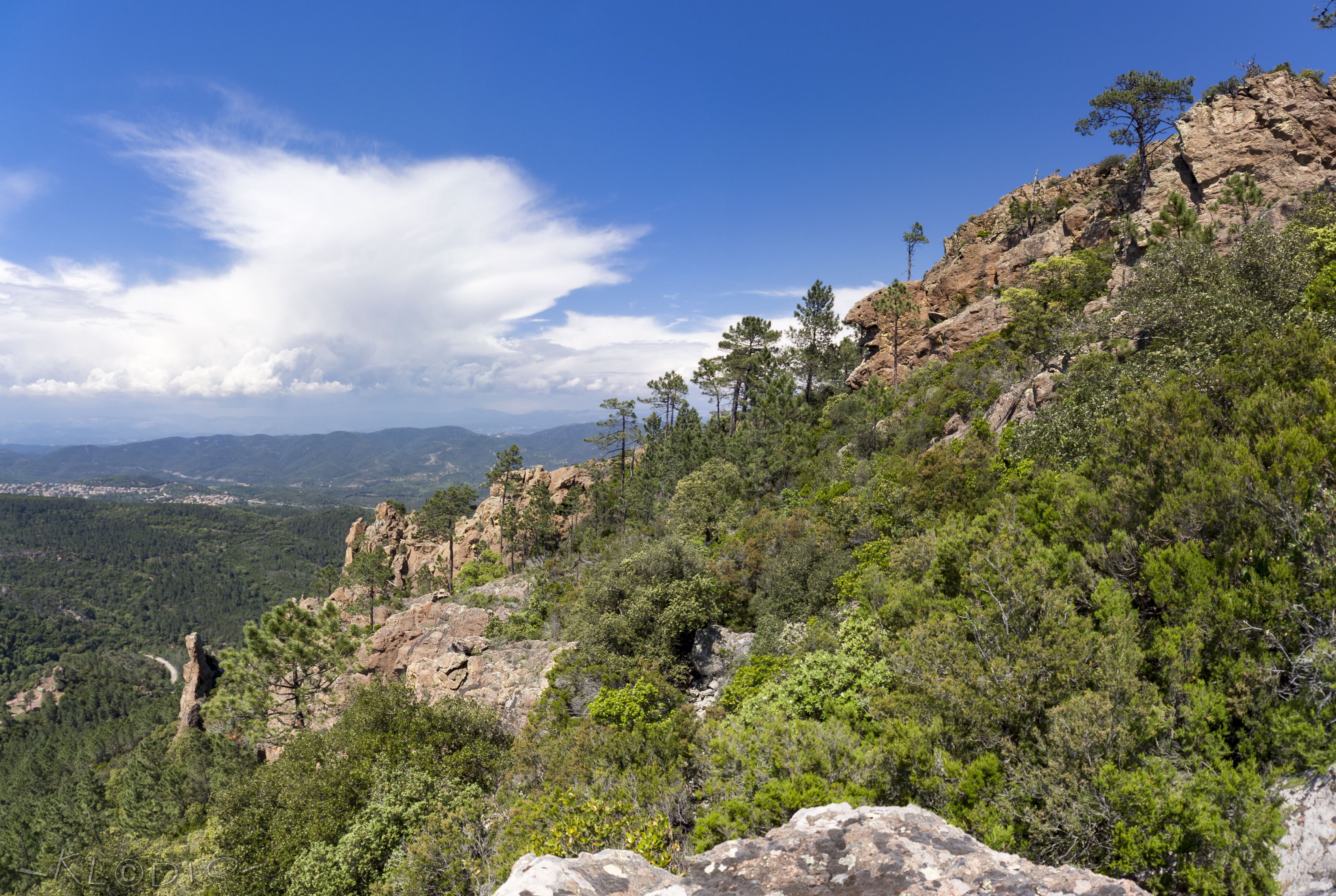“COP28 started with a bang, as Parties (i.e. States in the negotiations lingo) approved the decision on the loss and damage fund and funding arrangements, that aims at supporting particularly vulnerable nations in responding to the most severe impacts from climate change for which adaptation is not enough” explains Elisa Calliari, researcher at CMCC and at the International Institute for Applied Systems Analysis (IIASA) and member of the Italian Delegation to the UNFCCC, where she provides technical support to the Italian Ministry of Environment and Energy Security. “Last year, in Egypt, Parties established the fund and COP28 was asked to sign off to its operationalisation, based on the recommendations developed by a dedicated committee (i.e. the Transitional Committee) during 2023. We followed the whole journey of the loss and damage fund and funding arrangements very closely and contributed to it, as part of the Italian Delegation, and it was a big satisfaction to see the decision gavelled on Thursday in Dubai. Many countries have already pledged to the fund, including Italy which is currently the most generous donor with 100 million euros, followed by the United Arab Emirates and Germany.”
The agreement reached in Dubai marks the culmination of a 30-year long journey initiated by the Alliance of Small Island States (AOSIS) during the very drafting of the UN climate change convention (UNFCCC) and aimed at securing the financial support most vulnerable countries need in dealing with the most severe impacts of climate change they cannot adapt to. The decision which makes the fund operational builds on the recommendations provided by the Transitional Committee, which focused – among other things – on who would receive the money of the fund, who would disbourse it, and how the fund would be structured and governed.
“With respect to the recipients of the fund,” Calliari explains, “the main challenge the committee had to face related to way the notion of ‘particularly vulnerable developing countries’ would be operationalised, with developed countries proposing a focus on the ‘most vulnerable’ (Least Developed Countries, LDCs, and Small Island Developing States, SIDSs) and developing countries calling for the fund to be accessible to the whole group. Ultimately, a compromise was reached by maintaining eligibility for all developing countries, while asking the board to consider an allocation system with a minimum percentage allocation floor for LDCs and SIDSs. But the most challenging aspect was identifying the contributors to the fund. The final compromise urged developed country Parties to continue to provide support and encouraged other Parties to provide, or continue to provide support, on a voluntary basis, for activities to address loss and damage. Therefore, the big novelty of this fund is that it does not entail the usual bifurcation between developed and developing countries with respect to the provision of financial support.
On the third issue, regarding the fund’s location, developed countries called for a fund to be hosted under the World Bank to expedite its operationalisation, while G77 + China advocated for an independent standalone fund, although this would have required a longer time. A compromise was reached to place it under the World Bank for an interim period of four years, subject to certain conditions that the World Bank must meet. These conditions include the possibility for communities to access small grants and providing access to countries that are not World Bank members.”
Beyond the fund, another important outcome on loss and damage was reached during the first week of negotiations in Dubai, explains Calliari. “COP28 was tasked to operationalise the Santiago Network by selecting the host for its secretariat.” The Santiago Network was established at COP25 to catalyse technical assistance of relevant organizations, bodies, networks and experts, for the implementation of relevant approaches for dealing with loss and damage at the local, national and regional level. Last year at COP27, Parties decided that the selection of the host for the Santiago Network Secretariat had to be finalised by 2023. “Two candidates came forward: a joint bid by UNDRR (United Nations Office for Disaster Risk Reduction) and UNOPS (United Nations Office for Project Services), and the Caribbean Development Bank. The selection was expected at the last June Climate Change Conference in Bonn, but the G77 was unable to get to a common position. After some hesitation here in Dubai, the G77 agreed on the UNDRR/UNOPS bid and other technical aspects that will get the Santiago Network up and running.
What remains to be decided is how loss and damage will feature in the first Global Stocktake set to conclude here in Dubai and whose outcome will be a key benchmark for success for COP28. The text will importantly need to reflect on how to recognise the action undertaken on loss and damage so far and trace the way forward.”
Elisa Calliari is among the editors of a recently published special issue in Global Environmental Politics, together with Lisa Vanhala (UCL) and Adelle Thomas (University of the Bahamas & Climate Analytics), which delves into the politics and governance of loss and damage within climate negotiations and beyond. “The special issue draws on a wide range of perspectives from across the social sciences and renders visible the multifaceted politics of climate change loss and damage” says Calliari. “Articles in the collection unpack competing discourses and conceptualizations of loss and damage within different settings, from the UNFCCC negotiations to the IPCC to the national level; shed new light on the role of knowledge in explaining outcomes in the global governance of loss and damage; and contribute to broader theoretical debates within the study of global environmental politics.”
More on loss and damage:
“Loss and damage” – SEEDS on CMCC Foresight magazine
Adelle Thomas: Putting the most vulnerable at the centre of COP27
The implementation of a new “loss and damage fund” at COP28
Lisa Vanhala, Elisa Calliari, Adelle Thomas; Understanding the Politics and Governance of Climate Change Loss and Damage. Global Environmental Politics 2023; 23 (3): 1–11
Video: COP28, what is at stake: climate finance, loss and damage
Cover image: “Woman collecting water, walking over a mass of geotextile bags flood barrier on the banks of the Brahmaputra river” by Kunga Tashi Lepcha / Climate Visuals Countdown – Creative Commons, CC BY-NC-ND 4.0






